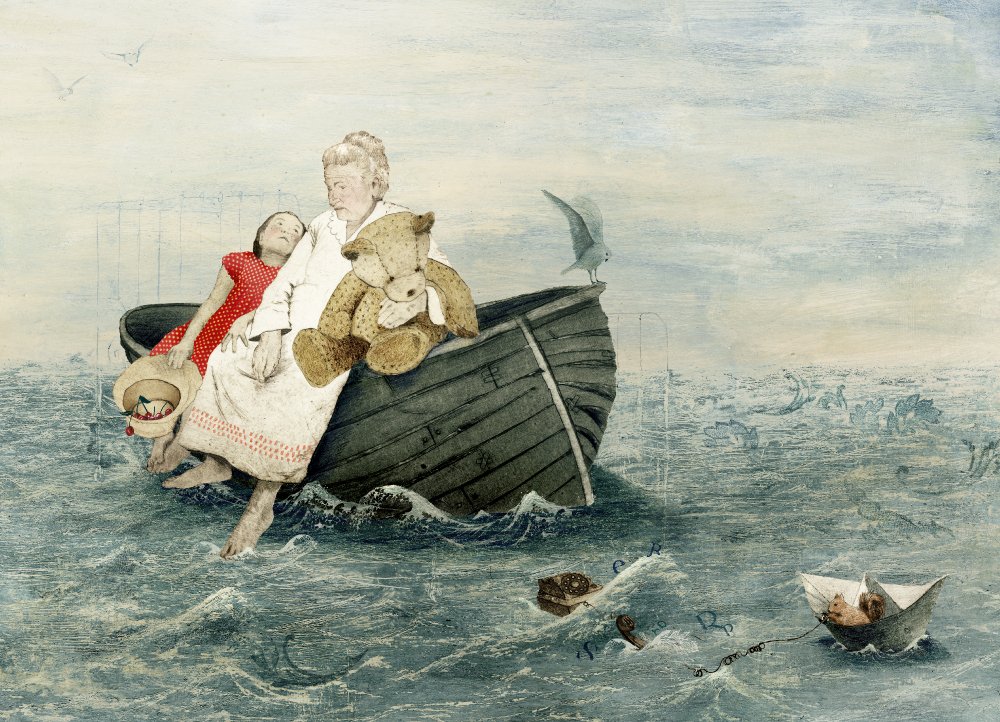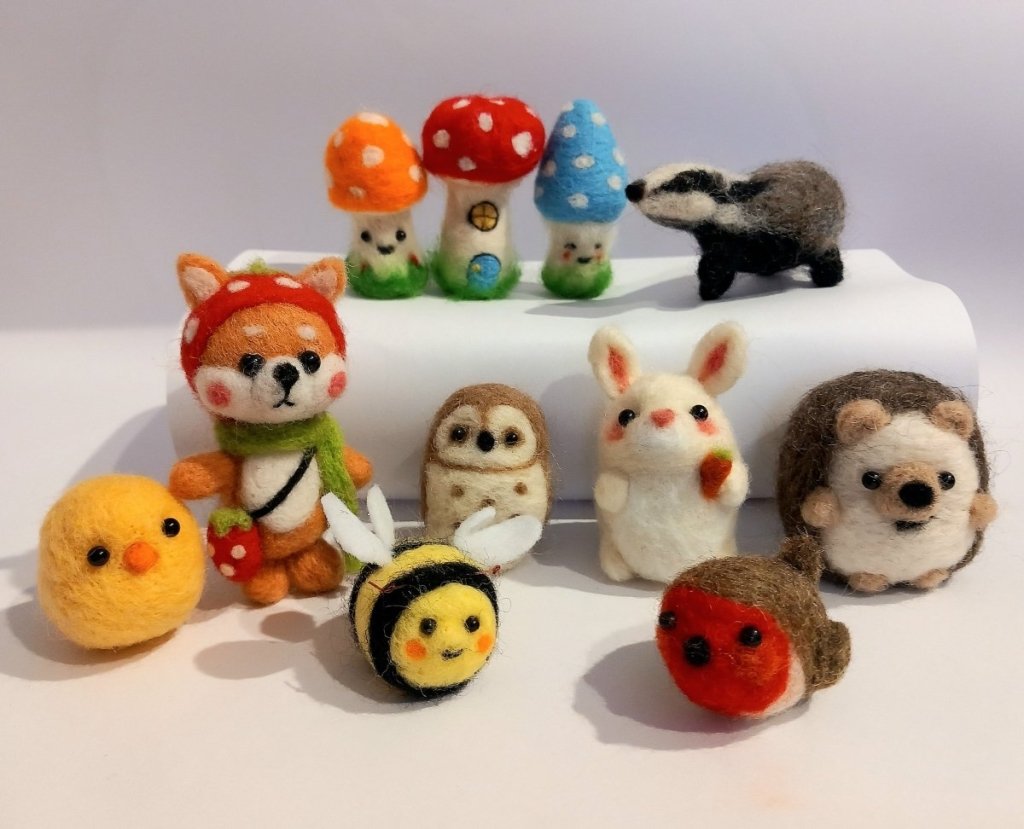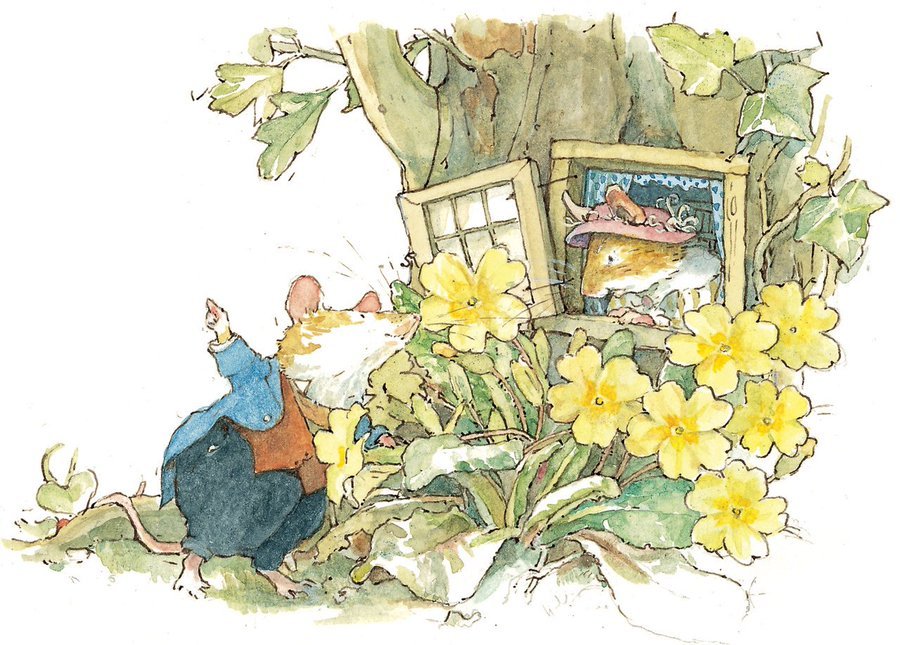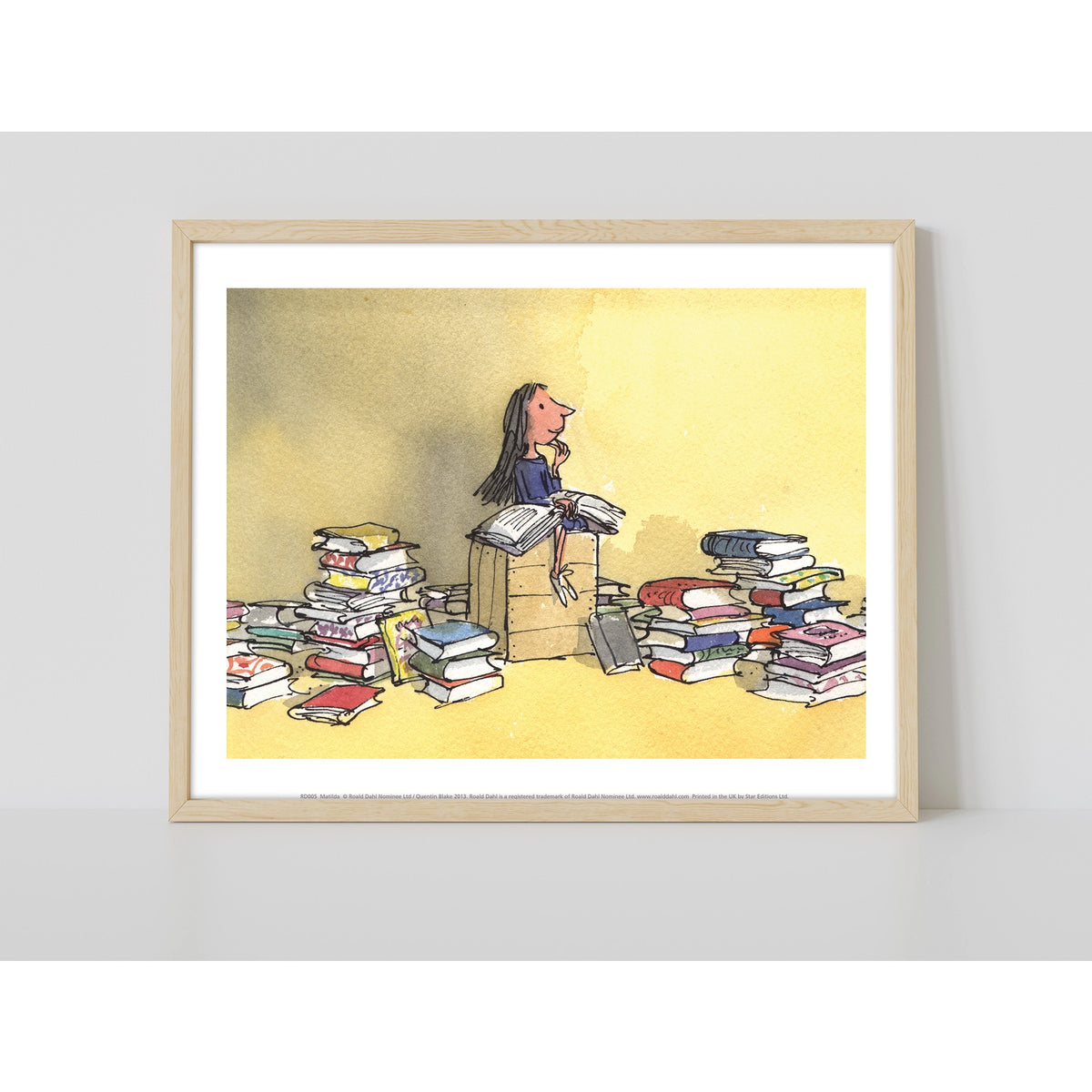Too Much Too Soon? Dark Themes in Children's Books


Illustration by Kaatje Vermeire from Maia and What Matters
We believe that children’s books have a special importance in teaching people about values, imagination and the world in general from a very young age. But should that education include the darker side of life, or should children be sheltered from life’s unpleasantness as far as possible?
Grimm & grimmer
Since stories for children have been in existence they have functioned as warnings and behavioural codes for children. The Brothers Grimm Fairytales have become part of our psyche without us even realising, everyone knows the meaning of a Big Bad Wolf. Stripped back to their core, fairytales are just lessons for life: don’t talk to strangers (Little Red Riding Hood), don’t stray too far from home (Hansel and Gretel), and things are not always as they seem (The Princess and the Frog).
The original Grimms stories didn’t hold back when getting these messages across, some of the original tales are downright gory. Cinderella’s ugly sisters hack parts of their feet off to fit into the glass slipper and Red Riding Hood’s huntsman cuts the sleeping wolf’s belly open to find her grandmother still alive inside!
These stories have since been softened up and Disney-fied, with most people now knowing them in much fluffier forms. But what is still capturing the imaginations of artists and writers generations later is their dark edge, the way they touch on the less talked about sides of life. Stories can sometimes be the only place where we can freely explore difficult subjects, especially when we are children.
This stencil artwork by UNIT. design studio captures the ambiguity and threat of the Red Riding Hood story. Read our earlier blog all about how UNIT. create their artwork here.
Play-pretend and growing up
Books for children have a vital function not only in teaching them about the world, but also in allowing them to explore emotions such as fear and sadness, in a safe way. For a lot of children, giggling and cowering from an adult reading in the voice of the Big Bad Wolf is how they learn to act out fear for the first time. A lot of children enjoy scary stories in the same way adults enjoy rollercoasters and horror films. They present a chance to experience the full range of human emotion, without having to be in it for real. For children, learning what it is to be frightened within a make-believe context can help them process an emotion that they will inevitably face for real sooner or later in life.
Little Red Riding Hood and the wolf by golden age illustrator Arthur Rackham.
Our Illustrator of the Month blog series has touched on some of the best children’s authors, and what these authors all have in common is the fact that they don’t talk down to children. Instead, the best among them have a special ability to get in touch with the child’s psyche. Great children’s writers remember that children have a unique view on the world which is all too easy for grownups to forget. Learning about the absurdities of the adult world can be immensely confusing for children, when we consider that adults lie out of politeness, they accept things that are totally unfair, and they spend much of their time doing things they don’t enjoy. The best children’s books delight in this absurdity and create a world where the author and the child reader are in on it together. Think of the dedication preceding Antoine de Saint Exupéry’s The Little Prince: “I ask children to forgive me in dedicating this book to a grown up” and the exasperation in its first pages, “Grown ups never understand anything by themselves, and it is exhausting for children to have to explain it to them again and again”.
Morality
Working at Tales for Tadpoles gives us an insight into what children really like to read, and two books we’ve been told children love are This Is Not My Hat by Jon Klassen and The Three Robbers by Tomi Ungerer. Looking at what these books have in common, it may be their moral ambiguity that children delight in. In This Is Not My Hat, a flustered little fish tells us he has stolen a hat, and even though he knows that is wrong, he is going to keep it anyway. Adults tend to let out a guffaw of shock when they read the ending, as it not so subtly implies that the hat-stealing fish we have been rooting for all along has met a sticky end. But children love being let in on a secret from the adult world: sometimes good fish make bad decisions. And sometimes bad things happen to good fish.
Find out more about Jon Klassen's work here.
The Three Robbers is another story in which the difference between good and evil is less clear than in more conventional children’s books. Three highwaymen hold up a carriage with a little orphan girl inside, and steal her away to a better life. They use their stolen gold to build a house for all mistreated children to live in. But does this make the fact that they’ve stolen the gold okay? The question is left unanswered. For children, who are always being told what is what, it’s exciting to get to decide this one for themselves.
Reality in fiction
In an article on dark subjects in children's books for The Guardian, young adult fiction writer Rebecca Westcott had this to say: “Children live in families; they are surrounded by adults with all their adult problems…Life happens and they are a part of that. Their books need to reflect what they hear, what they see. They need to recognise their situations in a book”.
It is natural for parents to want to protect their children from what’s going on in the world. But children are also citizens of the world, and older children who are aware of life’s cruelty need books to help them process it. In A Monster Calls by Patrick Ness, illustrated by Jim Kay, a young boy deals with his mother’s cancer through talking it out with a monster who visits him nightly. Jim Kay’s illustrations create an atmosphere of foreboding that anyone who has been touched by illness can recognise and appreciate, and this book bridges childhood and adulthood by representing a loved one’s illness in a child’s terms; a monster hiding in the dark.
Often in children’s books, illustrations help to fill the gaps when not everything can be expressed in words. Michael Rosen’s Sad Book is an excellent example of the importance of interplay between word and image when dealing with difficult subject matter. This book explores grief and depression in an accessible way, with Quentin Blake’s illustrations alternately lightening the mood and reinforcing the sadness of the text. The image below is among the most evocative illustrations in the book: the dearth that a loved one leaves after their death is explained simply through a blank space.
For children who have experienced the death of someone close to them, this is a straightforward visual representation of death itself, and of how it feels. Someone was there, and now they’re not. There is simply an empty space.
Maia and What Matters is another book that uses illustration to explore family situations that are hard to discuss in words. Maia’s grandmother’s loss of speech after a stroke is represented by illustrator Kaatje Vermeire in an image of Maia and her grandmother out to sea, perched on the edge of a boat. The water swells around them, isolating them, while a squirrel struggles against the swell, trying to reach out a phone to the boat. In Children’s Picturebooks: The Art of Visual Storytelling, research interviews show even the youngest children to be very adept at picking up visual metaphors. Where language fails small children, they express themselves in pictures, and this allows them to read images in a way that many adults lose. Trying to explain loss of speech to a young child in words may seem insurmountable, but a lot of children will associate the idea of someone holding out a phone with a memory of talking to their grandparents. Children can read the image and realise that the phone being lost at sea means that Maia can't speak with her grandmother anymore. Visual cues that adults might miss are honed in on by children, and in this way illustrations can open up a discussion.
Not just for children
As all wise grown-ups know, children’s books are not just for children. And illustrations can also help adults process difficult emotions. One of our most popular books with adults in the shop has been The Big Question, in which a committee of animals ask the question “How do you know when you love someone?”. There are a range of different answers, but they all leave the chairperson, a small ant, feeling lonely. If any book tried to manage this same story in passages of text, it would feel heavy handed, but the picture book format leaves space for us to feel things without having to process them consciously.
Reading children’s books later in life also links us back to our own childhood. The journalist Bruce Handy has written extensively on the subject of enjoying children’s books as an adult, and wrote in the Wall Street Journal that he “really hadn’t expected to be turned into an emotional puddle by Winnie the Pooh”. He spoke of reading the Pooh books to his own children, and the new layers of meaning he could come to appreciate. He was particularly moved by the passage at the end of The House at Pooh Corner where Christopher Robin struggles to explain to Pooh that he might not be around so much anymore…because he is not going to be a child forever. Tissue, anyone?
Educating the next generation
As children’s books are written by adults, there are certainly always elements of them that we can only understand when we have grown up and seen what the world is like. But the likes of children’s authors Tomi Ungerer and Maurice Sendak would argue that even sheltered, happy children should be exposed to the adult world, including things like war, violence and injustice through books. Tomi Ungerer writes in the treasury of his work that “children should be exposed to what war is like as early as possible. If you don’t share stories like this, how are you going to bring awareness?”. For Ungerer, books are an important tool to teach young people about prejudice and injustice so that they can go into life wanting to improve the world. (For more on Tomi Ungerer and his unique outlooks and experiences, see our previous blog on his work).
A little boy says goodbye to his soldier father in Tomi Ungerer's Otto
For Ungerer’s friend Maurice Sendak, children’s books also have an important function. Sendak had a difficult childhood and felt alienated from the happy-clappy world of conventional children’s books. In the 1990s he approached Tony Kushner to adapt Brundibar, a Czech opera, into a picture book. The resulting book functions on two levels, it is a colourful tale of working together to defeat unfairness, full of rhyme and song. But its historical background can help parents teach children about history. The opera this book is based on was performed by the children of Terezin, a Nazi concentration camp, in order to fool Red Cross inspector into thinking camp conditions were acceptable. Maurice Sendak’s childhood was affected by the death of many family members during the Holocaust, and today Walker Books donates a portion of proceeds from the book to the Holocaust Educational Trust.
Children inhabit a world of imagination, and that’s what makes childhood such a unique and special time. But whether we like to acknowledge it or not they also live in the real world, an adult world with all its contradictions and questions. Children’s books can help build a bridge between this world of play and imagination and the darker side of human life. The best books for children don’t talk down to children, but understand their natural curiosity about all aspects of life, even the unpalatable ones. And even when we grow into adulthood, children’s books can help us process things about this world that are hard to understand.
View our full hand-picked range of books here.















